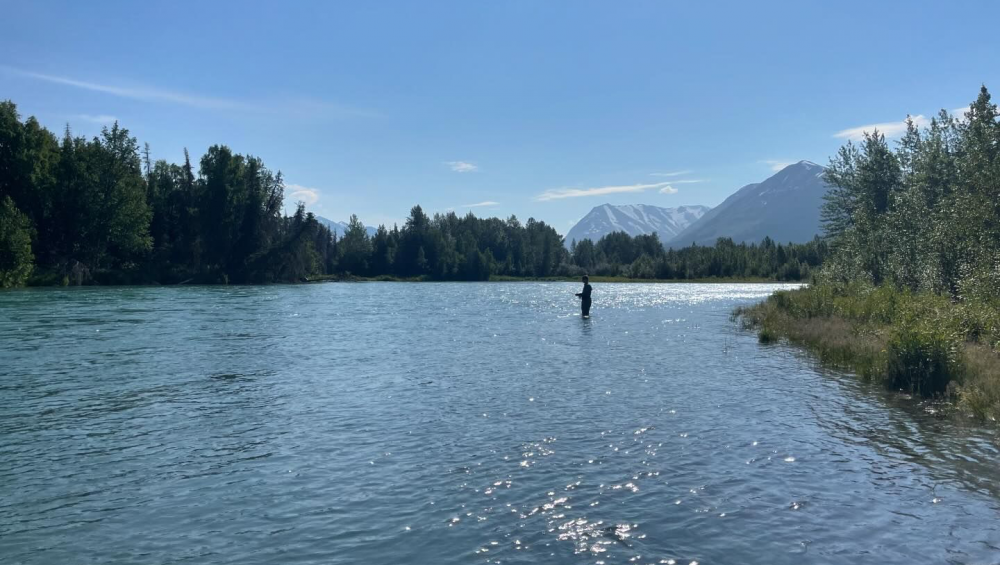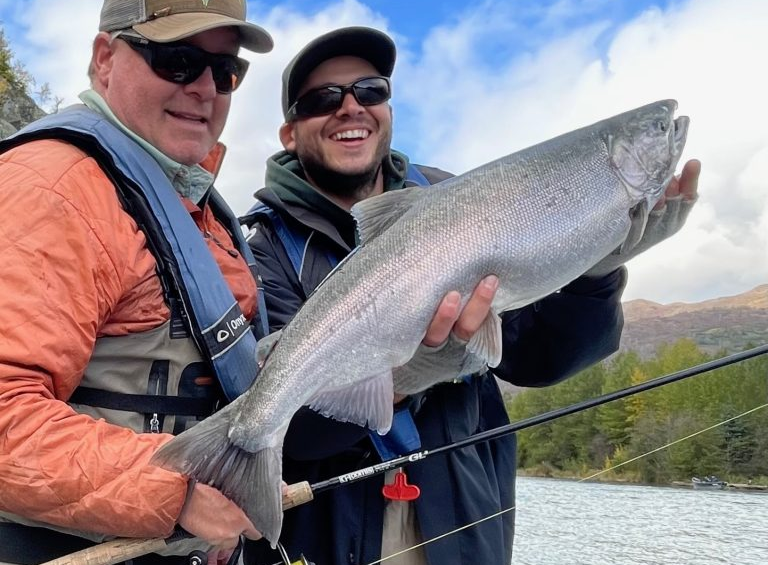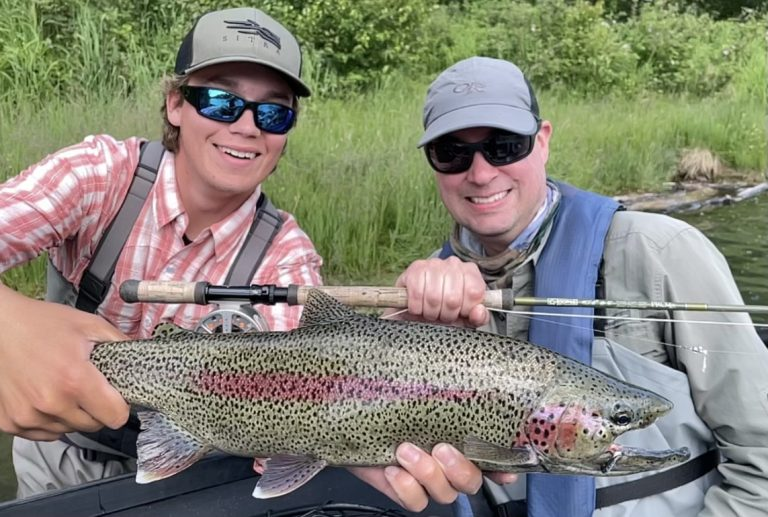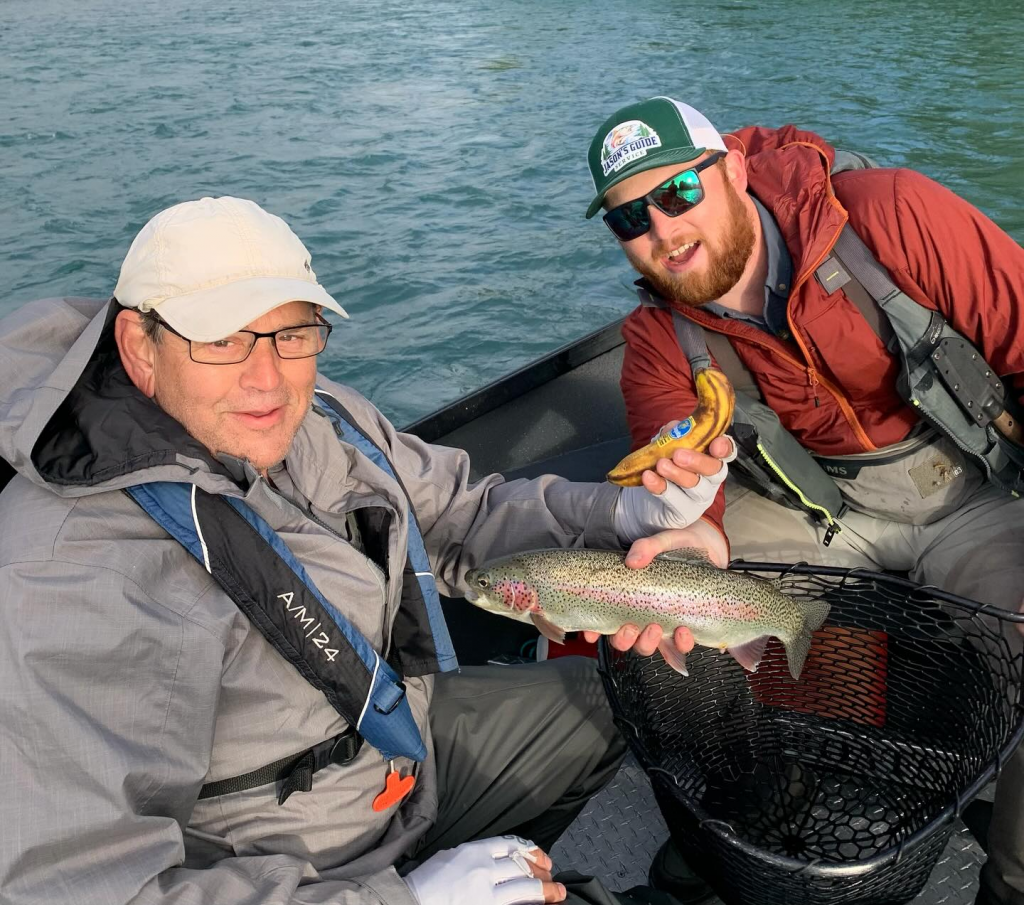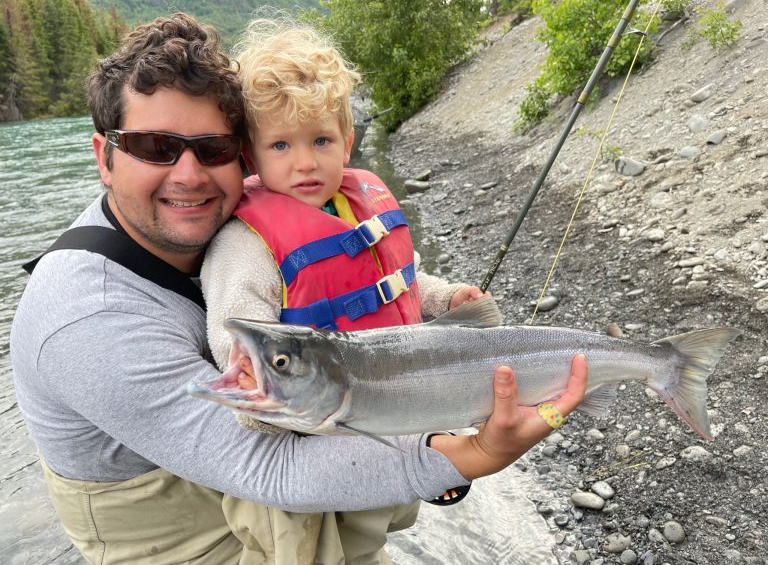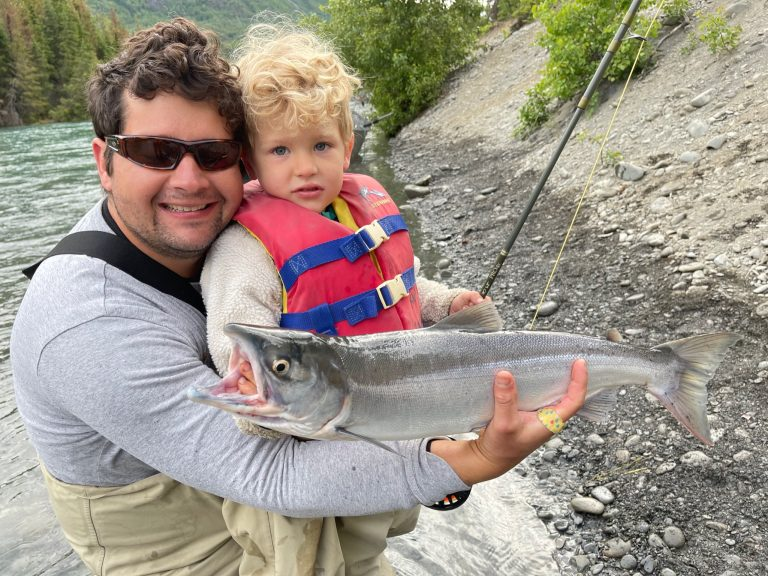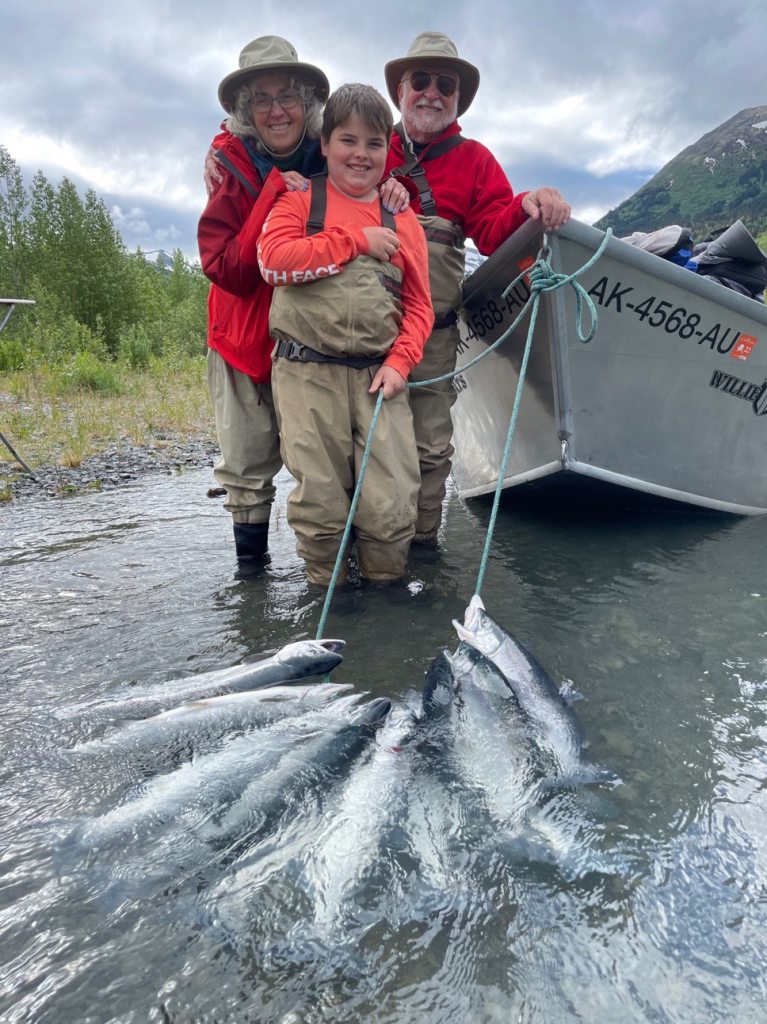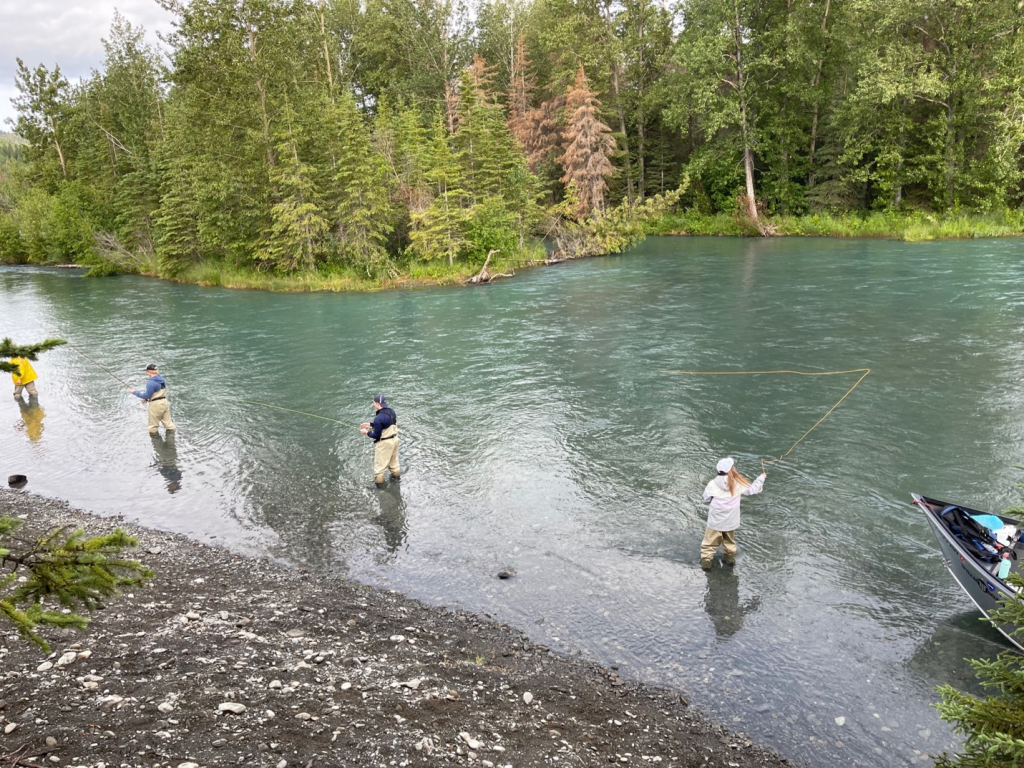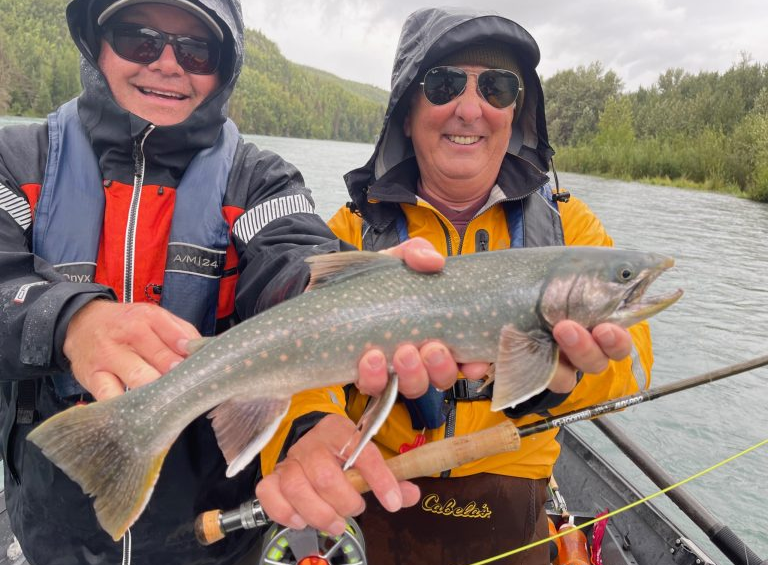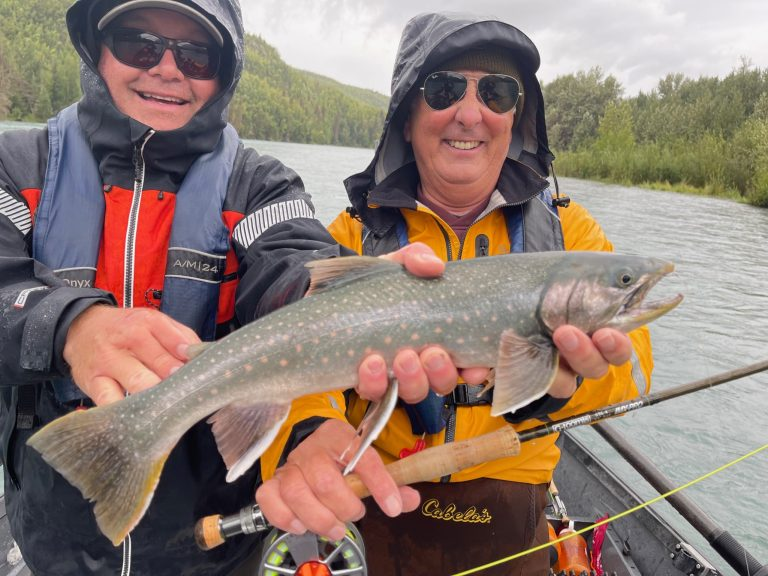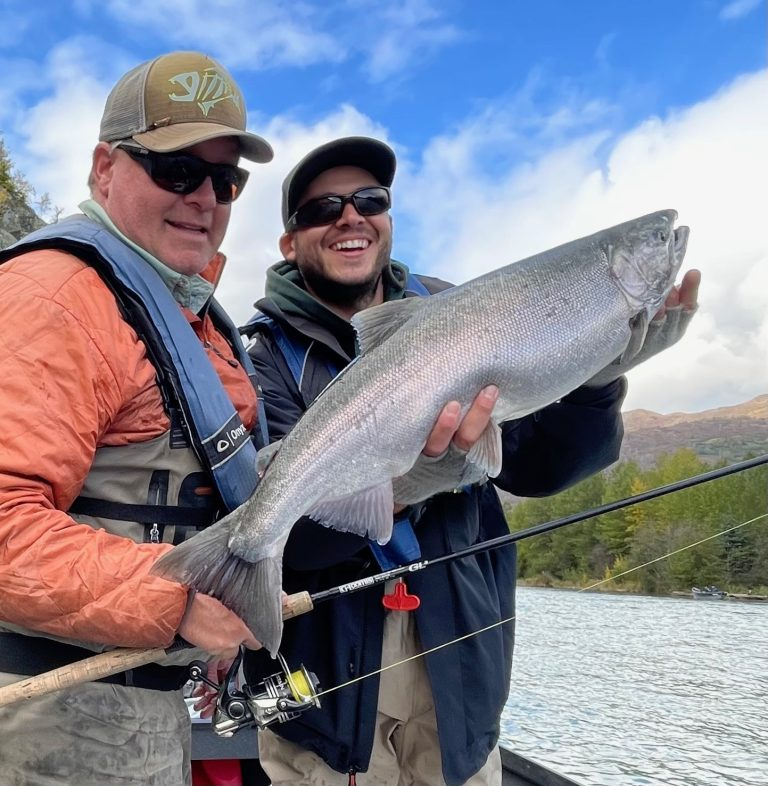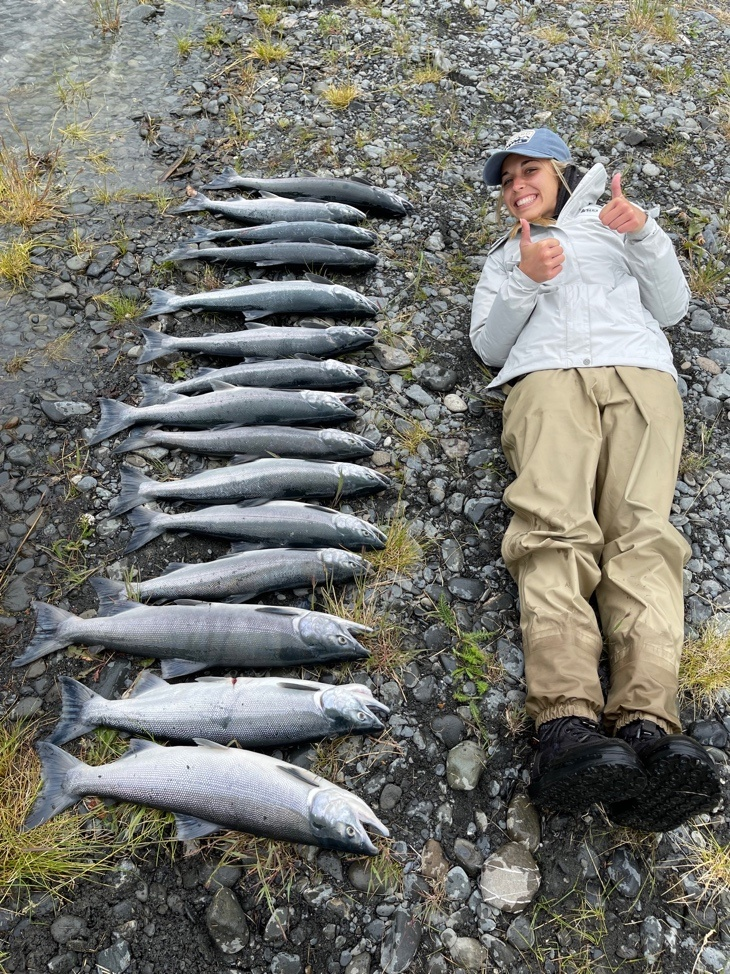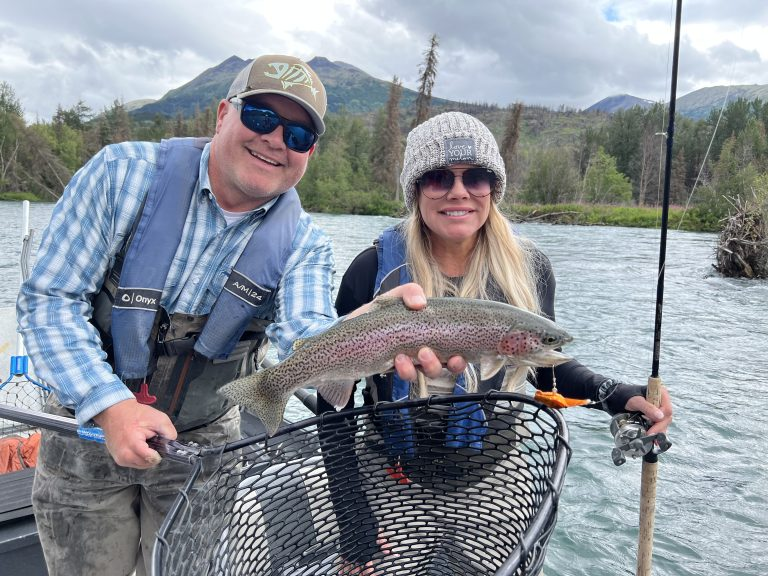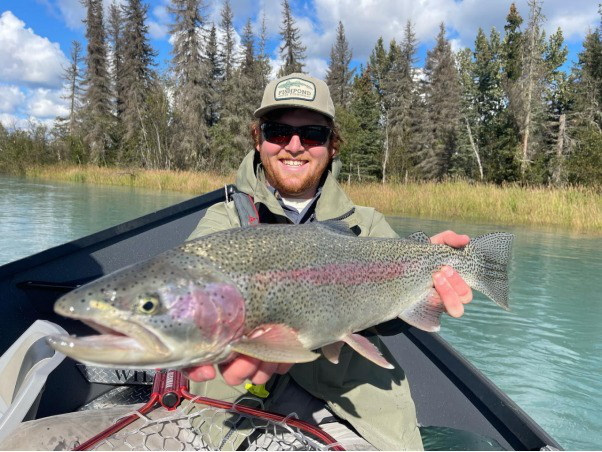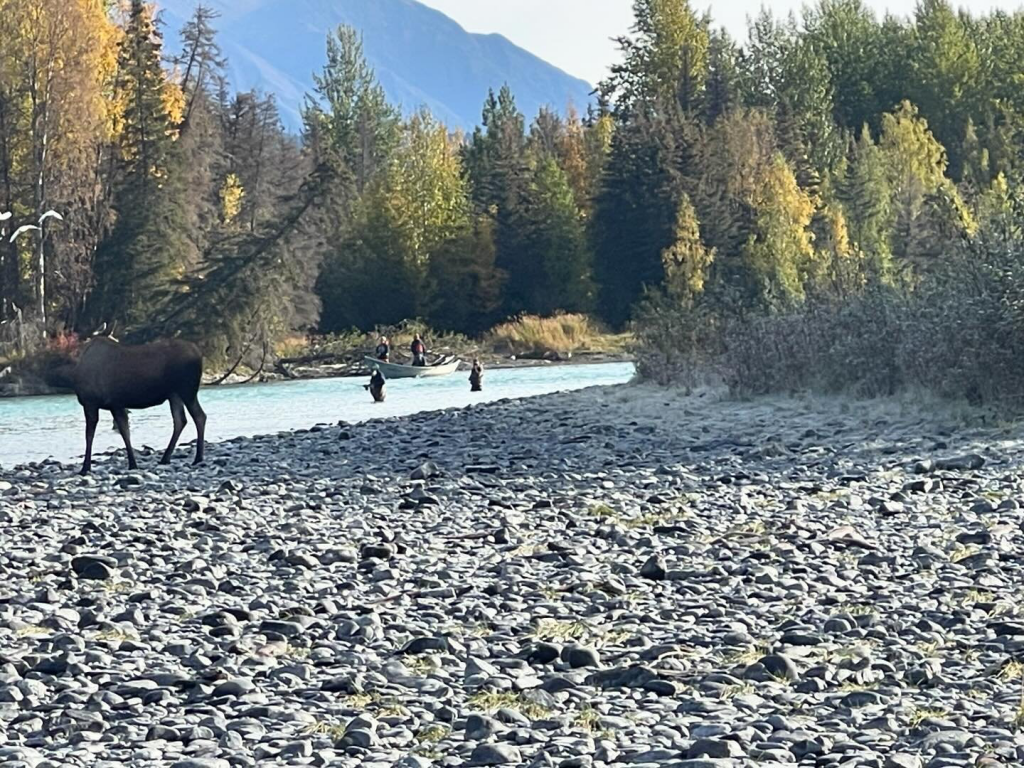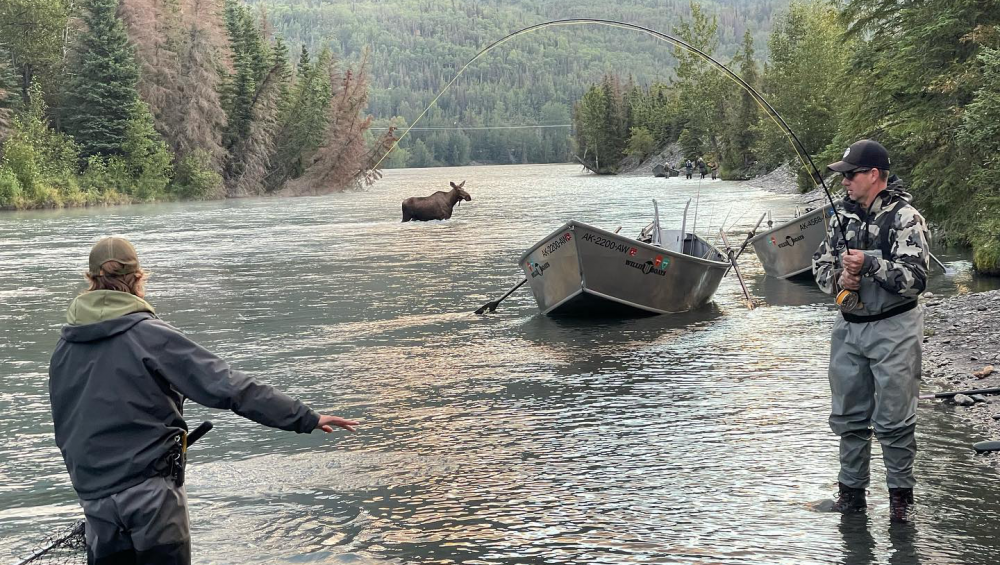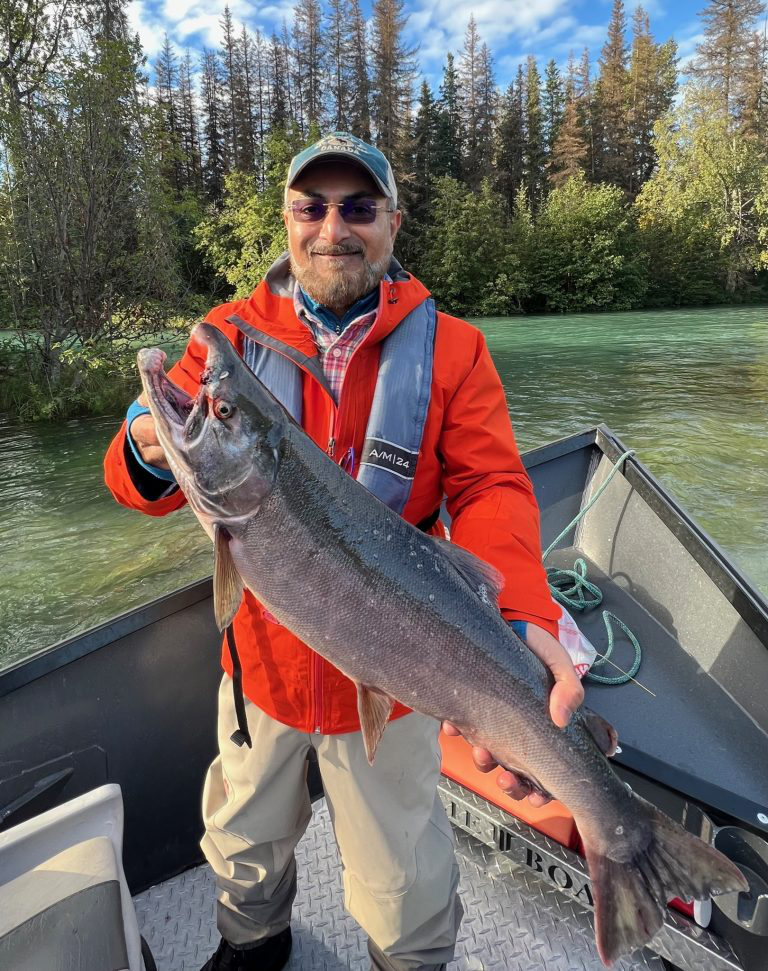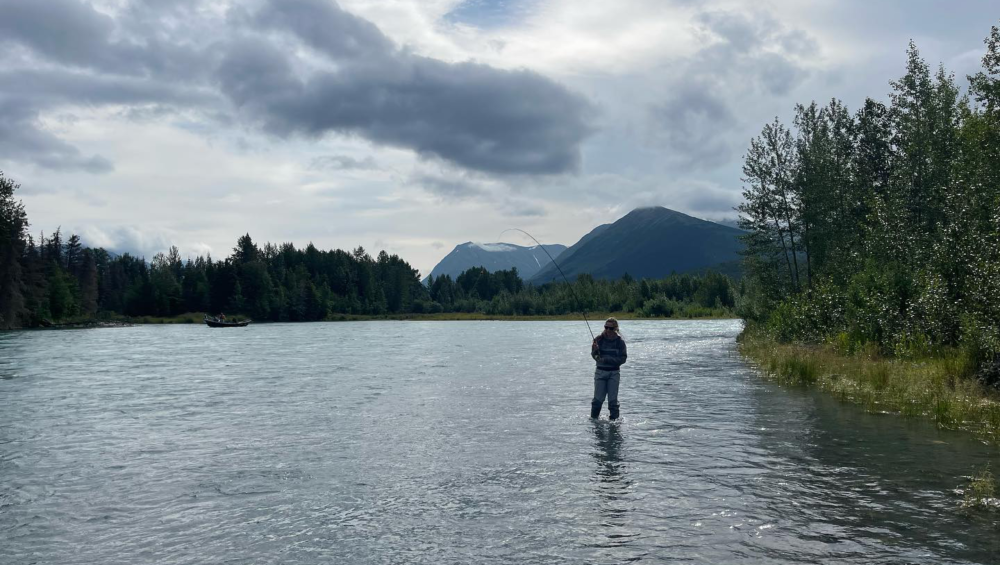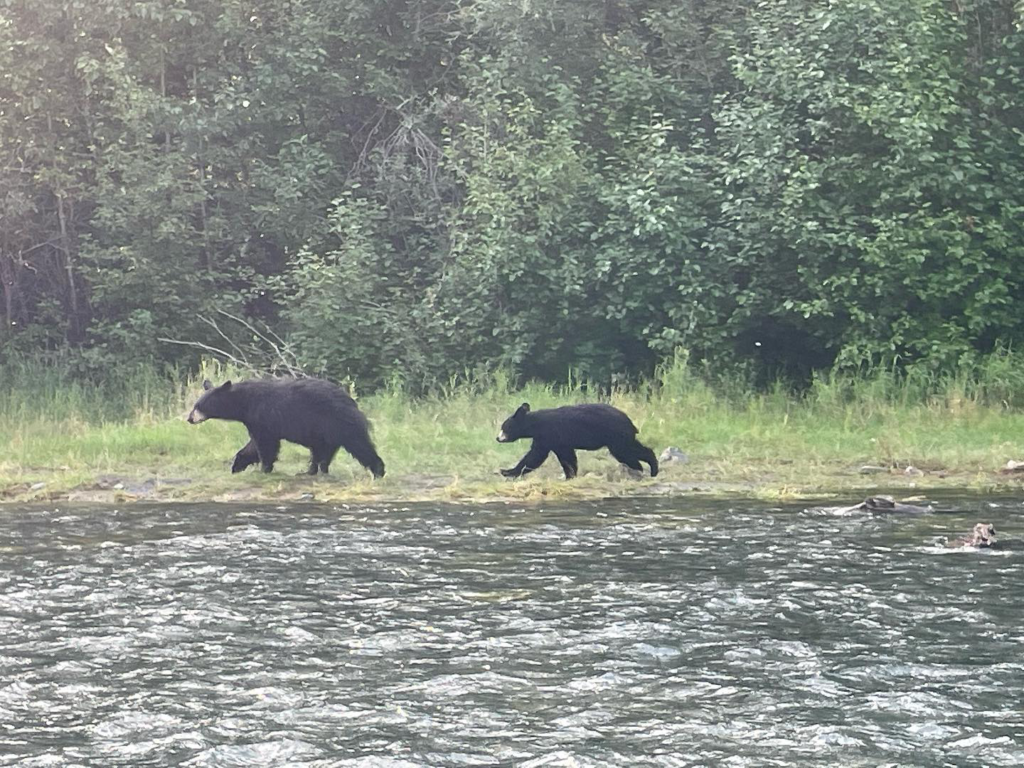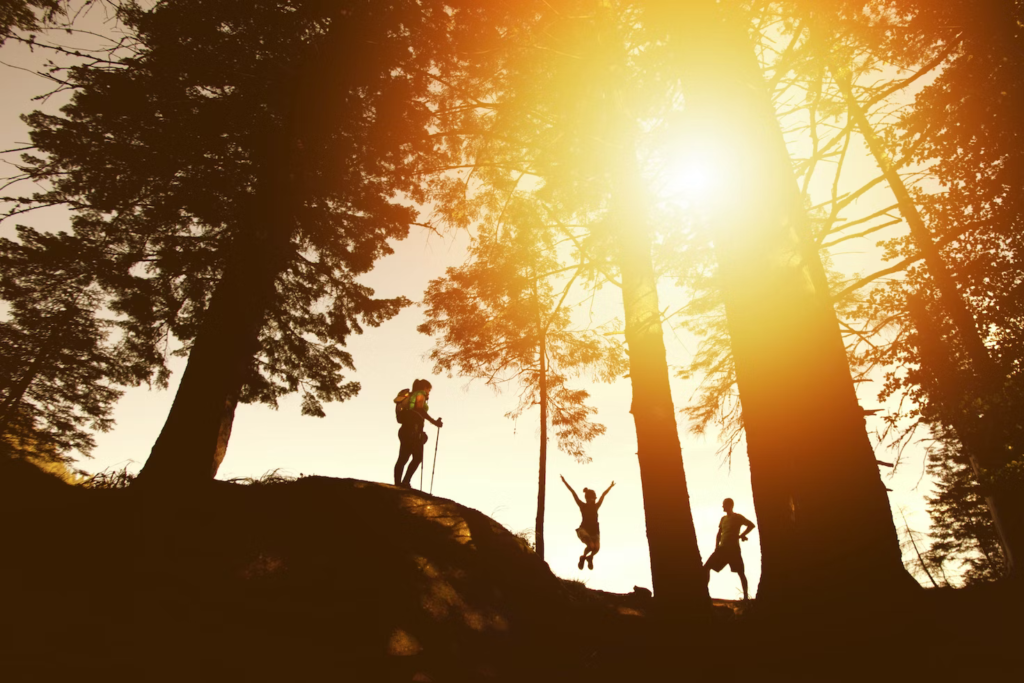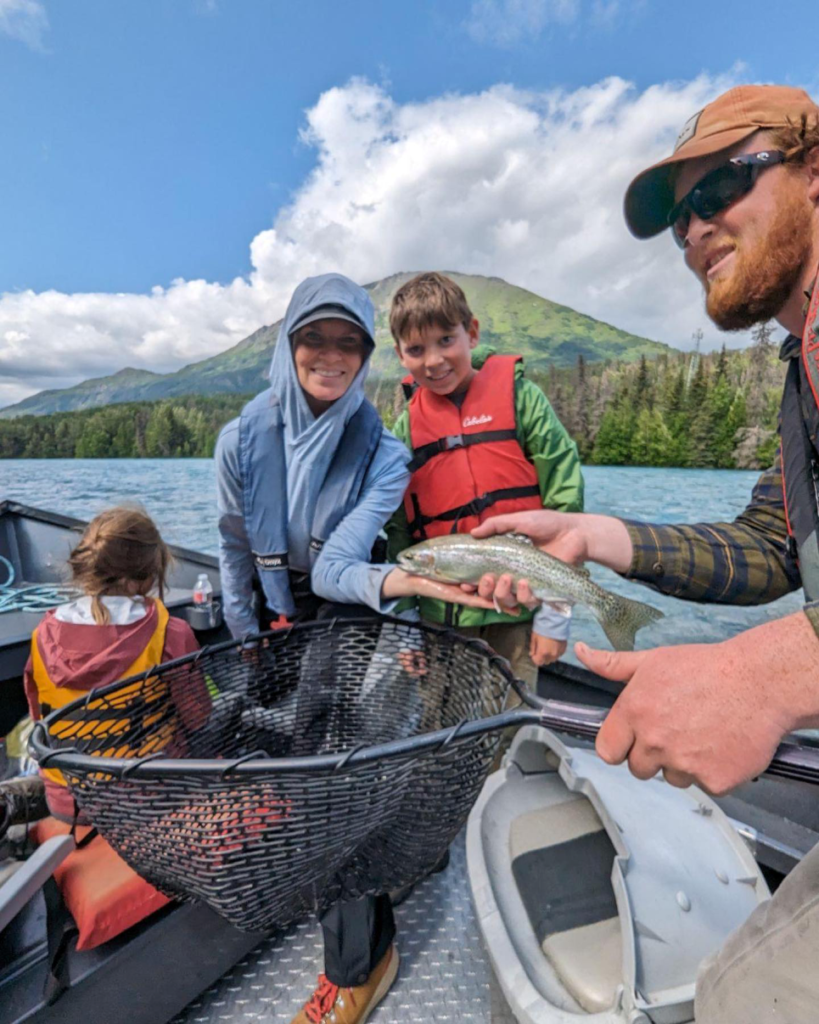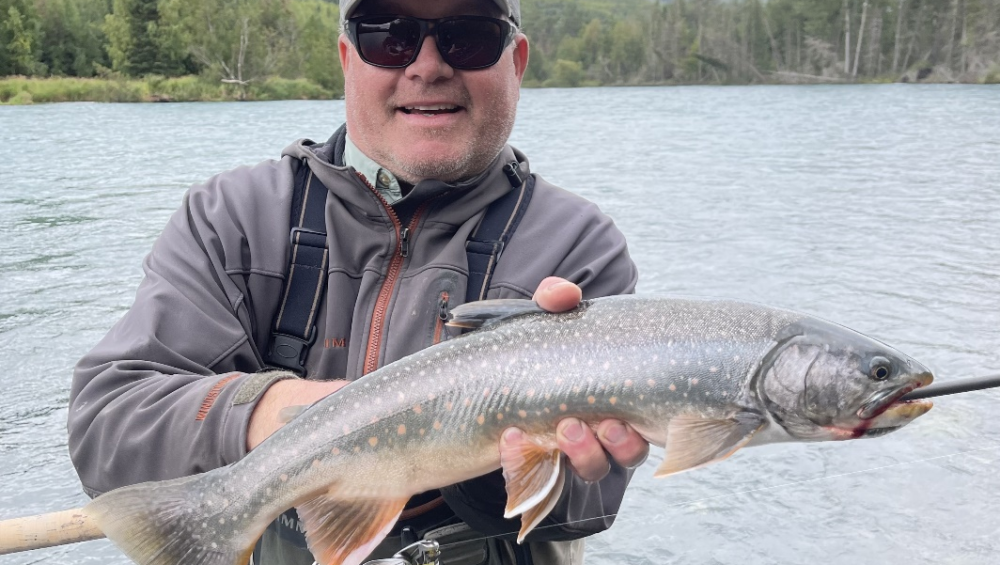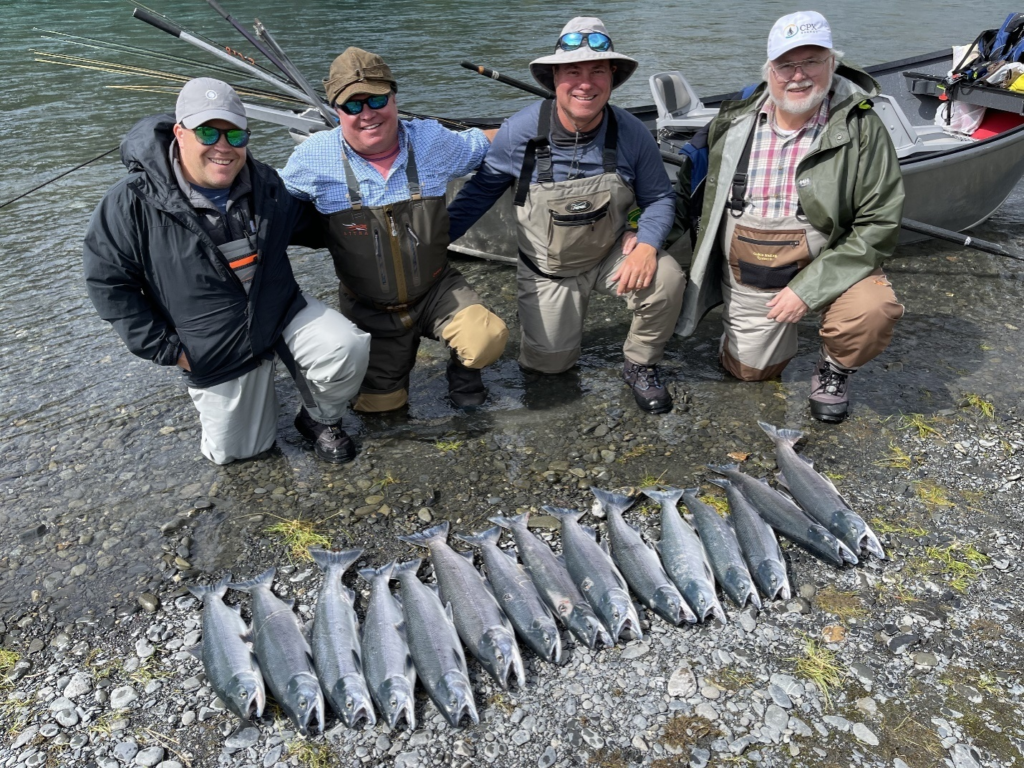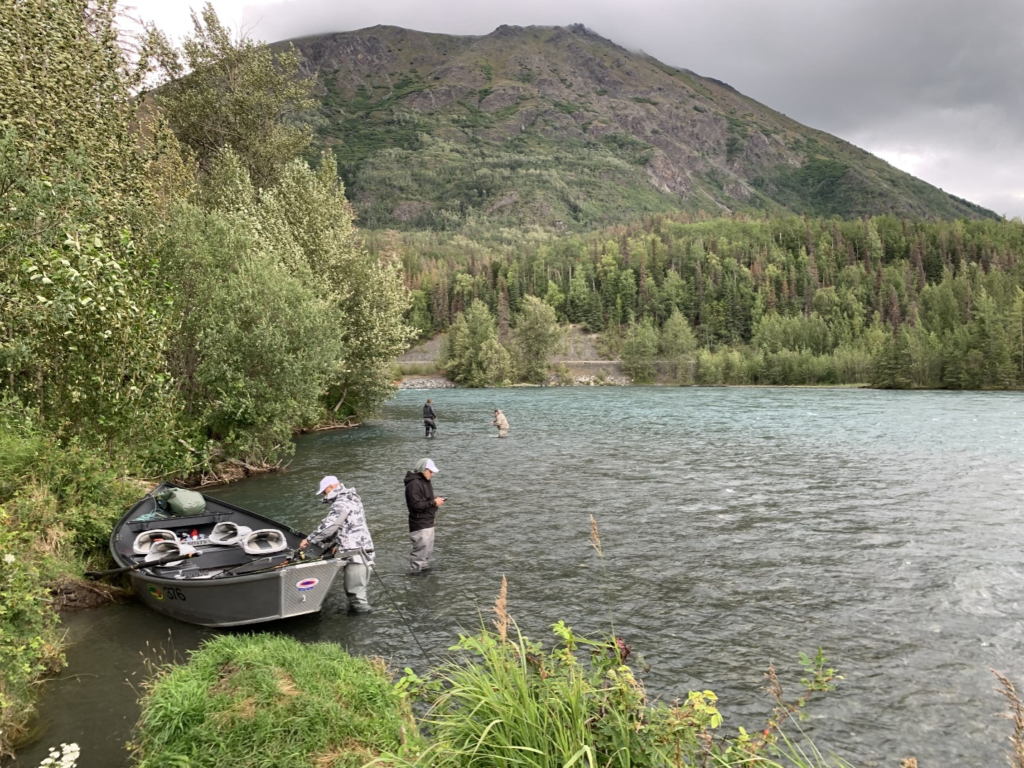The Kenai River, an 82-mile stretch of crystal blue wonder, whispers a siren song that anglers around the world find hard to resist. The river is a living testament to nature’s grandeur, cradling an abundant diversity of fish that promises not just a bite but an unforgettable adventure.
Planning a successful guided fishing trip on this magnificent river isn’t merely about bait and tackle; it’s about strategy, respect for the river, and an open heart for whatever the Kenai decides to gift you. This guide will navigate you through the process of creating a memorable Kenai River fishing experience.
1. A Quick Overview of the Kenai River
Located in the Kenai Peninsula of Alaska, the Kenai River is the vibrant artery of the region’s natural ecosystem. Stretching a full 82 miles from Kenai Lake to Cook Inlet, it is as much a natural wonder as it is a fisherman’s paradise.
The river’s vibrant turquoise waters, a result of glacial silt, offer a breathtaking spectacle. Its surrounding landscapes are equally mesmerizing: verdant forests, snow-touched mountains, and a plethora of wildlife that add to the Kenai’s mystique.
Bald eagles soar in the sky, while bears roam the banks, making fishing a unique encounter with the wild. The river is most famed for its prodigious salmon runs, but it also houses other sought-after species, making it an angler’s dream destination.
2. Best Times for Fishing on the Kenai River
The king salmon, also known as “chinook,” heralds the fishing season on the Kenai, with the first run typically starting from mid-May to early June and the second, more abundant run, commencing late June through July. These regal fish are both the largest and the most prized catch on the Kenai.
For those interested in sockeye salmon, or “reds” as they’re often called, the Kenai River offers two runs. The first run begins in late May and runs through June, but the second run in July is considered one of the most significant sockeye runs worldwide, often yielding millions of reds returning to the river to spawn.
Pink salmon, nicknamed “humpies” due to the distinct hump males develop during the spawning phase, offer an exciting fishing experience on the Kenai. These fish swarm the river in late July through August, offering high-action fishing, but remember, they’re only present during even-numbered years.
For silver salmon or “coho,” late July presents the beginning of their run, which can extend into November. Renowned for their acrobatics and fighting spirit, silvers can turn a peaceful fishing day into an adrenaline-filled experience.
Aside from the salmon, the Kenai River is also a haven for rainbow trout and Dolly Varden char. Anglers can enjoy the thrill of catching and releasing these remarkable and beautiful fish from June through October.
To fully harness the abundance of the Kenai River, stay updated with the annual salmon run forecast and local regulations. The Alaska Department of Fish and Game is an excellent resource. By aligning your trip with the river’s rhythm, you’ll set yourself up for an unforgettable fishing adventure.
3. Choose the Right Equipment
The equipment you select for your Kenai River fishing trip will significantly influence your success. A sturdy rod, capable of withstanding the might of Kenai’s robust fish species, is imperative. An 8.5 to 9–foot medium action rod can cover most fishing needs here.
Quality line is also important as it withstands the strain of a fighting fish and the river’s strong currents. Also, don’t forget essentials like needle-nosed pliers, a fishing vest, and polarized sunglasses for better visibility underwater.
4. Know Your Catch
King salmon are the biggest and most sought-after fish in the Kenai River. These majestic creatures can reach up to 100 pounds, with an average size ranging from 30 to 40 pounds. Renowned for their size and the thrilling challenge they pose, king salmon are the crown jewel of the Kenai.
Sockeye salmon are renowned for their rich, red flesh and the strength they exhibit on the line. This species has two significant runs on the Kenai, with the July run being one of the world’s largest and most exciting to witness.
Silver salmon are known for their acrobatic displays and fierce fight once hooked, providing a memorable encounter for any angler lucky enough to catch them.
Pink salmon are abundant on the Kenai, particularly in even-numbered years. While they’re smaller than their other salmon counterparts, their plentiful numbers during the run provide constant action and excitement.
Beyond salmon, the Kenai River is also a sanctuary for rainbow trout. These radiant fish offer year-round angling opportunities. Revered for their beauty and the spirited fight they put up, rainbow trout are a joy to catch and release.
Dolly Varden, a type of char, also inhabits the Kenai in large numbers. These aggressive feeders strike hard and offer an exciting, rewarding, and memorable experience for anglers of all levels.
Regardless of the species you’re targeting, the Kenai River promises an enriching and rewarding experience. With each cast, you’re connecting with nature in one of the most bountiful and beautiful waterways in the world! Enjoy the moment, appreciate the thrill, and create lasting memories that replay for years to come.
5. Local Regulations: Fishing with Respect
Fishing on the Kenai River isn’t merely about the thrill of the catch; it’s also about preserving the river’s health and vitality. Local regulations, including bag and possession limits, tackle restrictions, and specific catch-and-release rules, are in place to ensure sustainable fishing practices.
Additionally, some sections of the river have special rules during certain times of the year. Familiarize yourself with these regulations and show respect for this majestic river by following them.
6. Safety First: Preparing for the Unexpected
Venturing out onto the Kenai River can be an exciting and rewarding experience. However, you must be mindful of safety measures to ensure an enjoyable trip. The unpredictability of nature demands a healthy respect and preparedness to encounter various circumstances.
Life jackets are a must. In case of an accidental capsize or slip, they can make all the difference. Each member of your group should have a life jacket that fits well and is in good condition, no exceptions.
Next, familiarize yourself with the weather conditions and water levels. The Kenai River’s currents can be strong, particularly when water levels rise after heavy rain. Check the weather forecast and river conditions before setting out, and always err on the side of caution.
It’s also worth noting the importance of respecting private property along the river’s banks. The Kenai River winds through various private lands, and trespassing is not only a violation of the owners’ rights but also a legal offense.
Recommended Read: Kenai River Special Management Area
Jason’s Guide Service: Making Your Kenai River Adventure Unforgettable
No one knows the Kenai River better than Jason’s Guide Service. We’re equipped with the best gear and boats designed specifically for the Kenai’s unique conditions, ensuring your safety and comfort. By choosing Jason’s Guide Service, you’re choosing an experience that goes beyond the catch, one that will create memories of a lifetime.
Start planning your Kenai River fishing trip today! Whether you’re aching for a beginner-friendly Cooper Landing fishing trip, an exhilarating guided silver salmon fishing adventure, a guided rainbow trout fishing experience for experts, or a family fly fishing excursion, Jason’s Guide Service should be your starting point. Book now!


